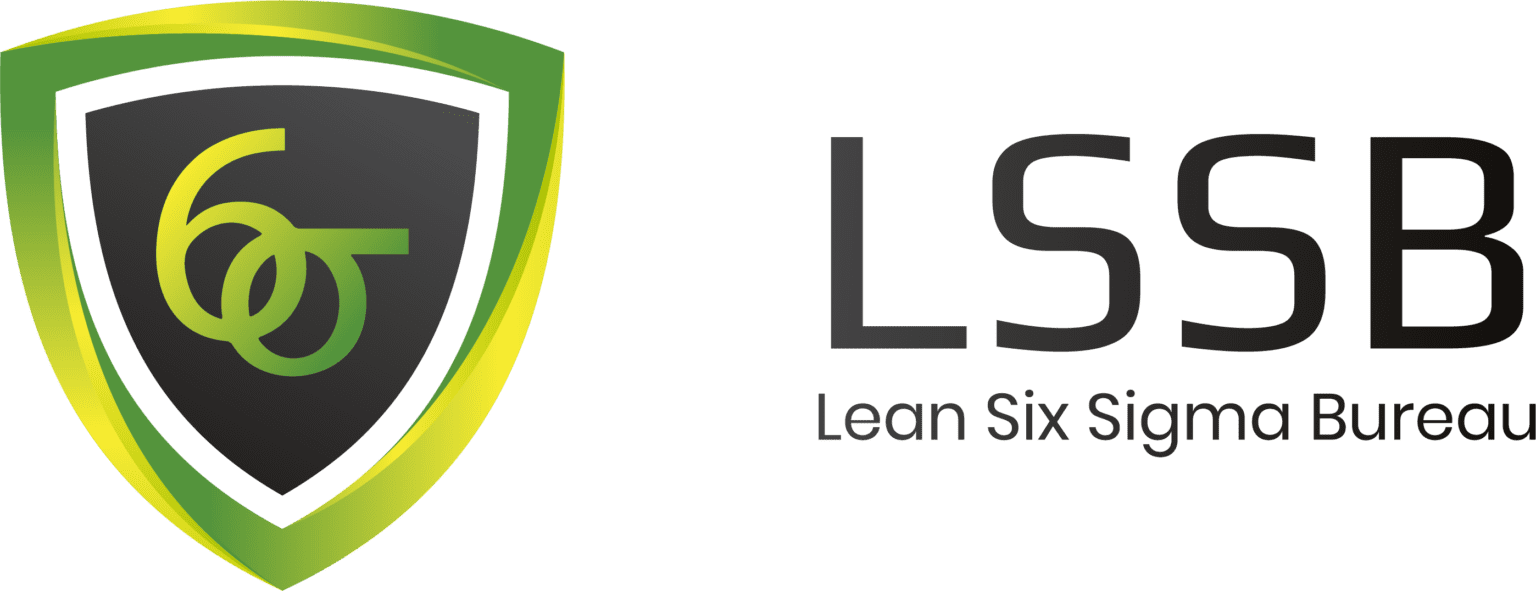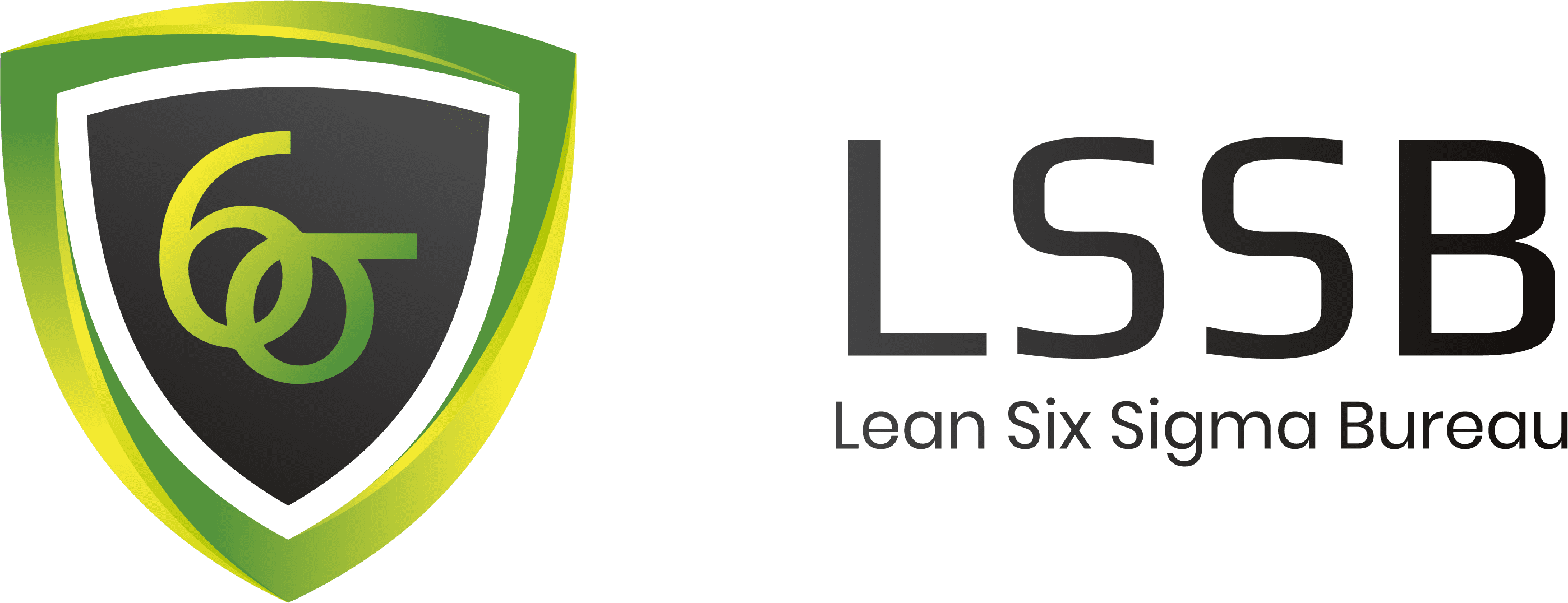Introduction:
In the world of Lean Six Sigma, the process of implementing solutions is a vital component of the DMAIC (Define, Measure, Analyze, Improve, Control) cycle. However, this phase often comes with its own set of challenges – resistance to change, resource constraints, and communication hurdles. How do you elevate your solution implementation cycle to ensure sustained and effective improvements? We’ve got some valuable insights for you.
Enhancing your solution implementation cycle in Lean Six Sigma is essential for driving lasting improvements. By aligning with stakeholders, planning meticulously, monitoring progress, and standardizing solutions, you’ll create a culture of continuous improvement. Don’t forget to review, refine, and celebrate successes along the way. It’s a journey towards efficiency and excellence that can transform your organization.
In the world of Lean Six Sigma, the process of implementing solutions is a vital component of the DMAIC (Define, Measure, Analyze, Improve, Control) cycle. However, this phase often comes with its own set of challenges – resistance to change, resource constraints, and communication hurdles. How do you elevate your solution implementation cycle to ensure sustained and effective improvements? We’ve got some valuable insights for you.
- Align with Stakeholders:
Before diving into implementation, secure the support and buy-in of key stakeholders. Engage with customers, sponsors, managers, and team members. Clearly communicate the benefits, risks, and expectations of the solution. Involve them in the planning, testing, and feedback stages. Address concerns and objections, demonstrating how the solution aligns with their needs. - Plan and Prioritize:
Implementation can be intricate, especially with multiple solutions or a large scope. Careful planning and prioritization are essential. Utilize tools like Gantt charts, action plans, or PDCA cycles to define tasks, timelines, and responsibilities for each solution. Rank solutions based on impact, feasibility, and urgency. Break tasks into manageable steps with clear roles. - Monitor and Measure:
Keep a close eye on solution progress and performance. Utilize data and metrics to track results against baseline and goals. Visualize and communicate data using control charts, dashboards, or scorecards. Identify deviations, errors, or issues and take corrective actions promptly. Celebrate and reward achievements along the way. - Review and Refine:
Post-implementation, review and refine the solutions. Gather feedback from stakeholders through audits, surveys, or interviews. Evaluate outcomes and impacts. Analyze feedback and data to pinpoint gaps and weaknesses. Implement necessary changes to optimize the solutions. Document and share lessons learned and best practices. - Standardize and Sustain:
The final step is to standardize and sustain the solutions. Integrate them into normal organizational processes and ensure consistent adherence. Document and communicate solutions through SOPs, checklists, or training materials. Offer ongoing support and coaching. Monitor and review solutions periodically, making updates as needed.
Enhancing your solution implementation cycle in Lean Six Sigma is essential for driving lasting improvements. By aligning with stakeholders, planning meticulously, monitoring progress, and standardizing solutions, you’ll create a culture of continuous improvement. Don’t forget to review, refine, and celebrate successes along the way. It’s a journey towards efficiency and excellence that can transform your organization.

